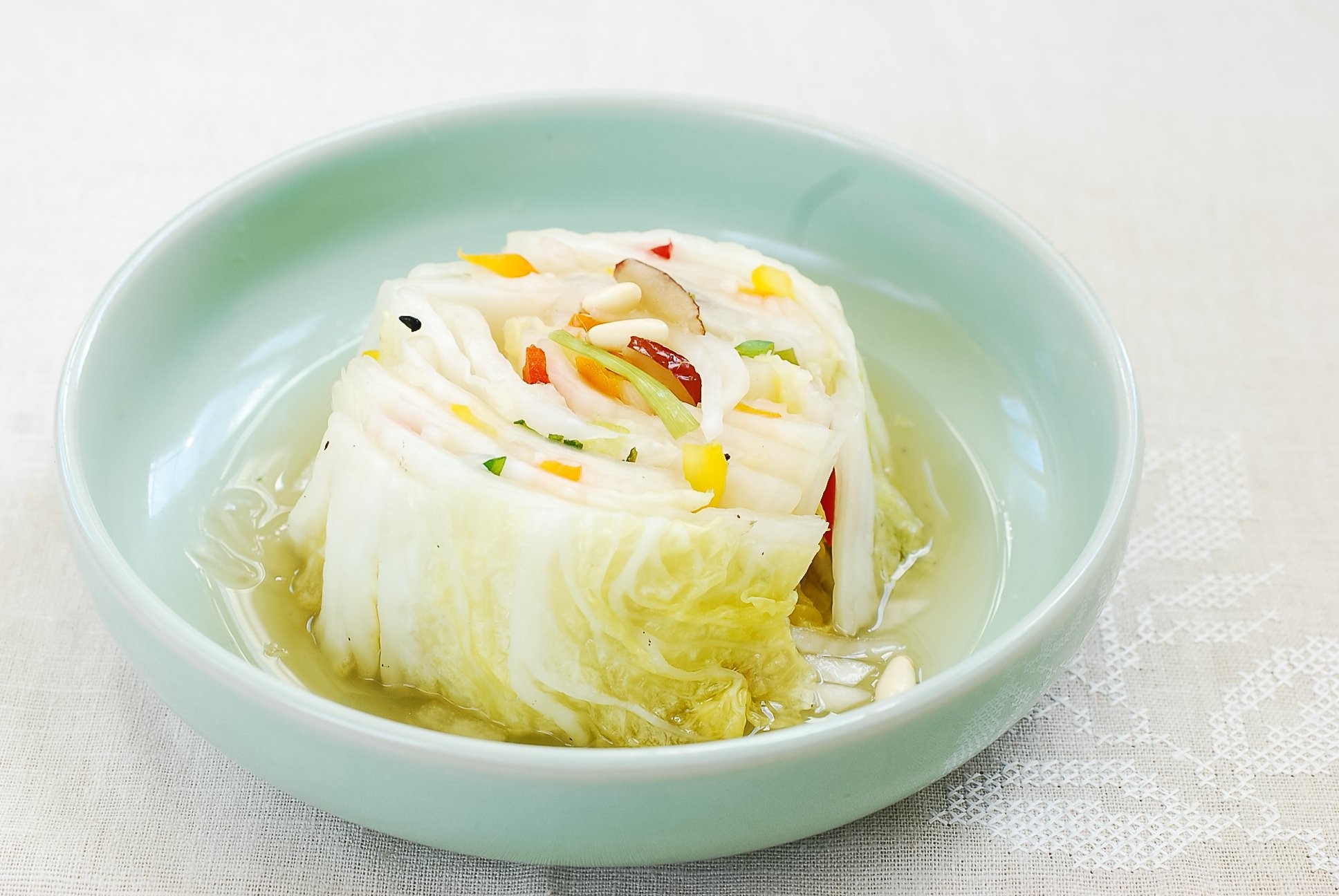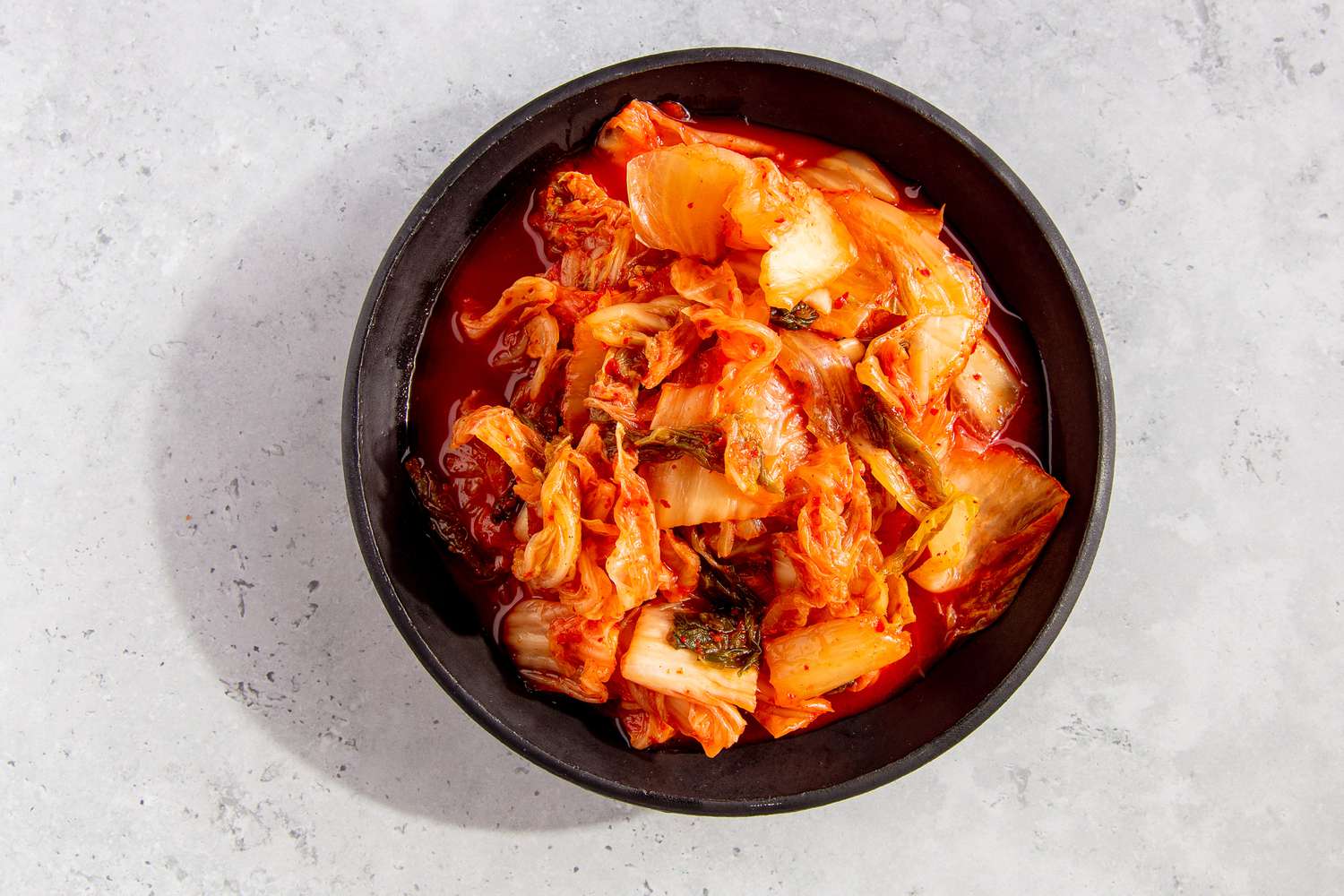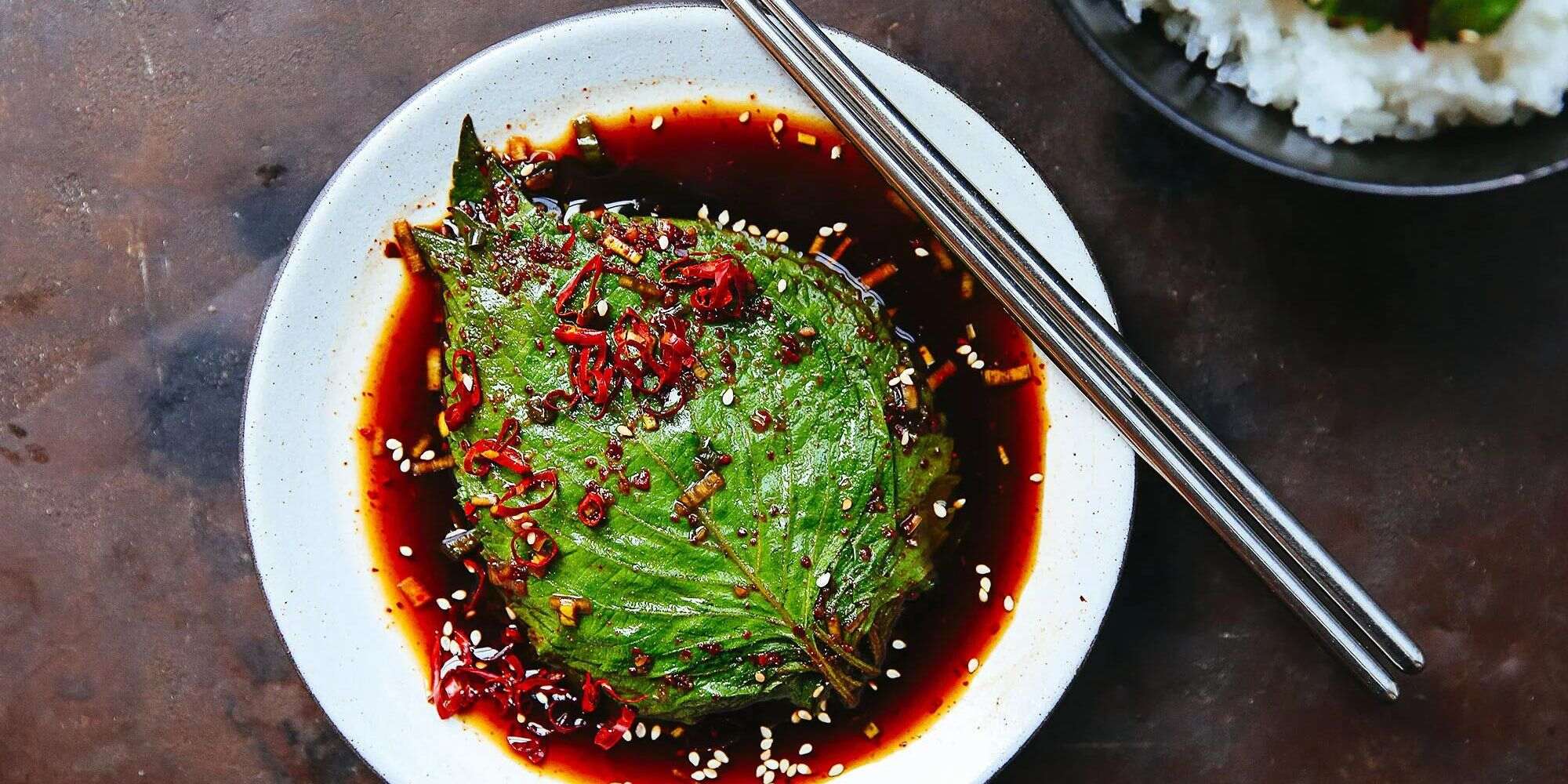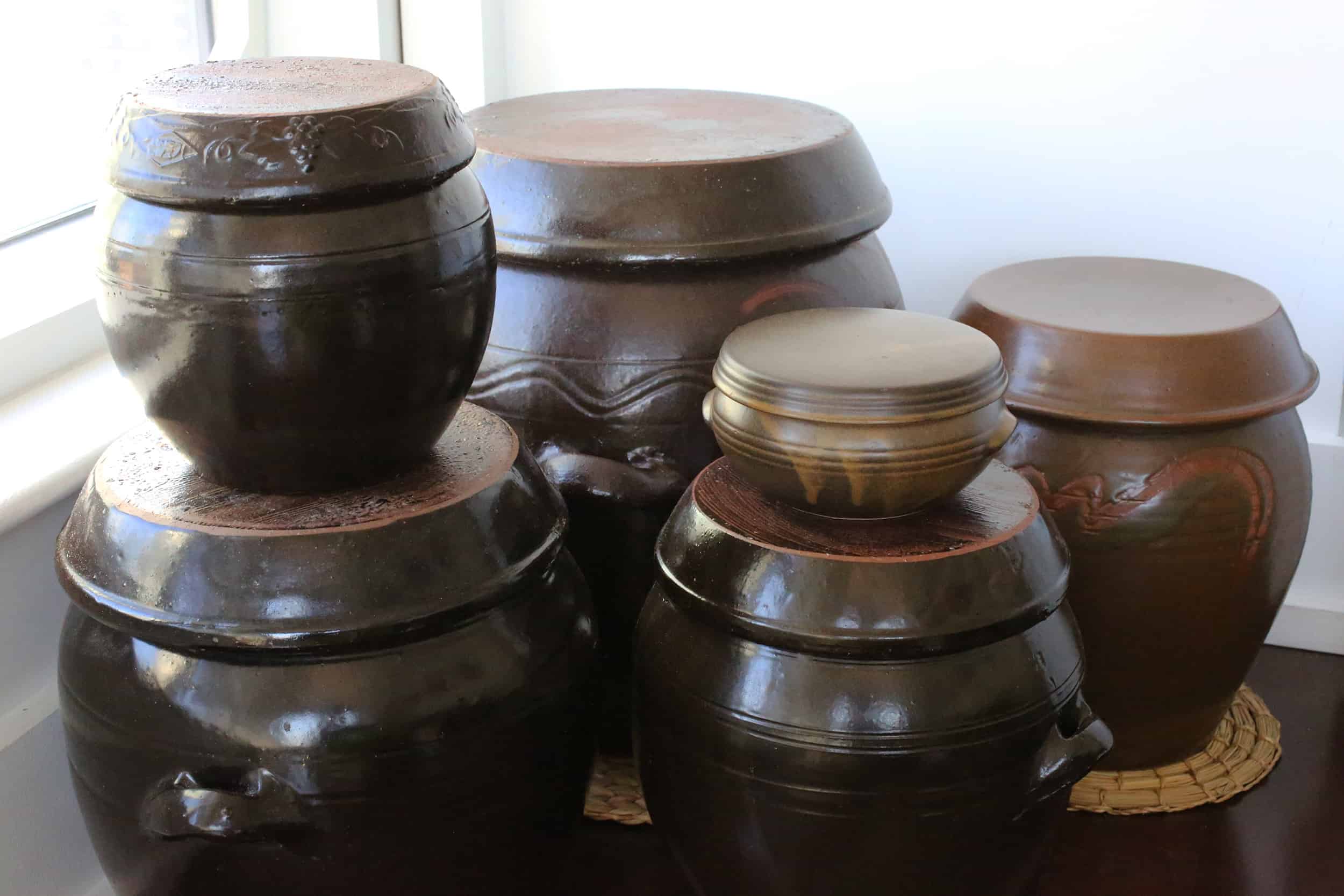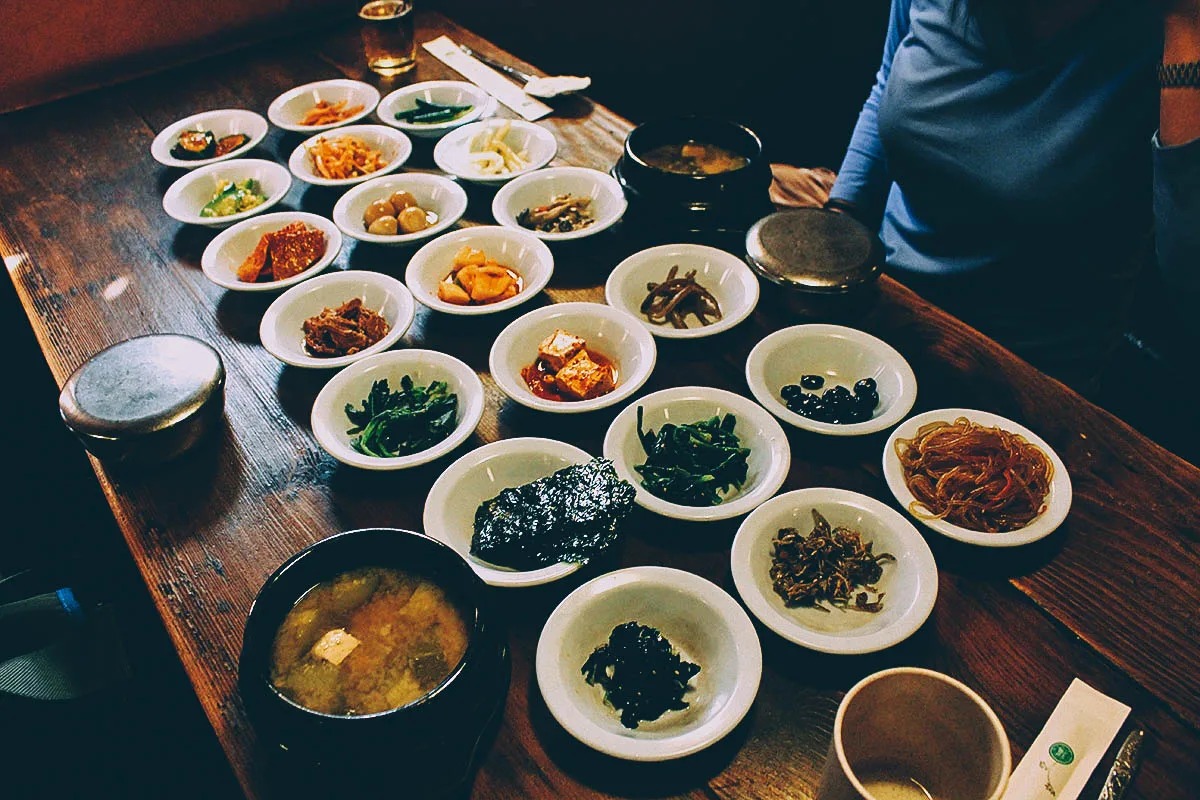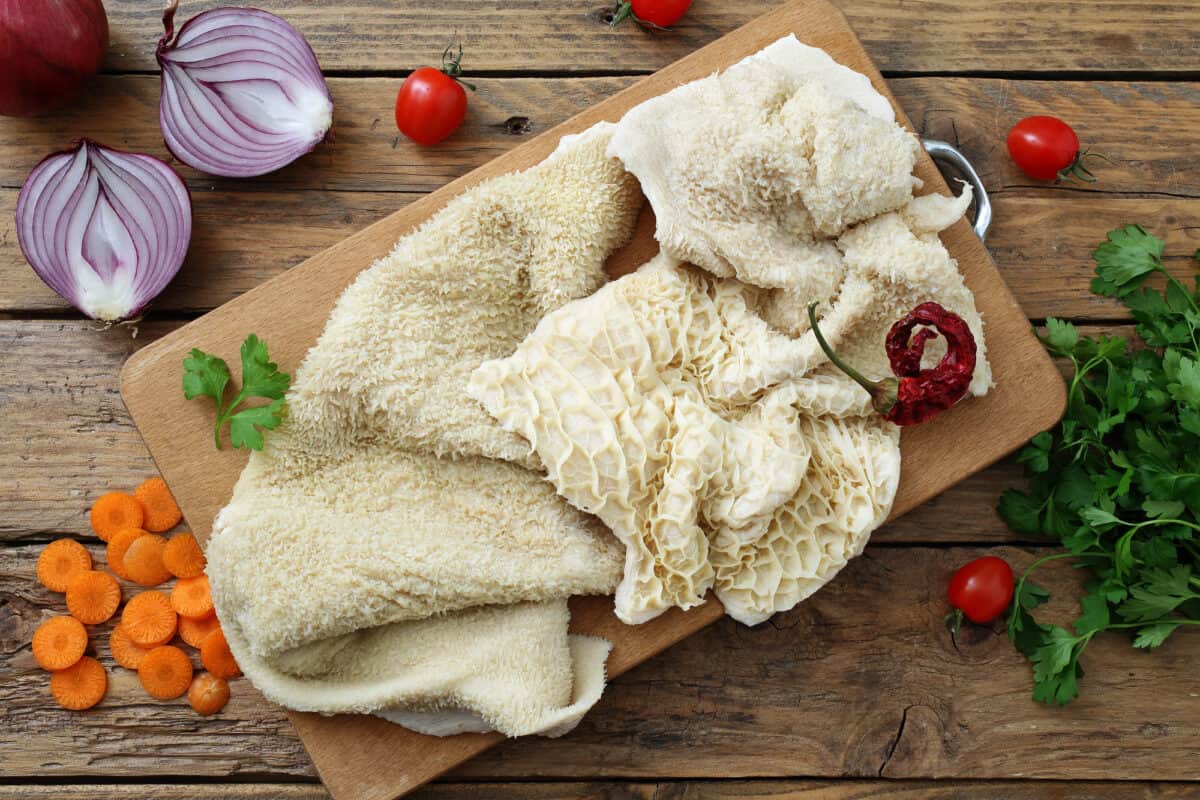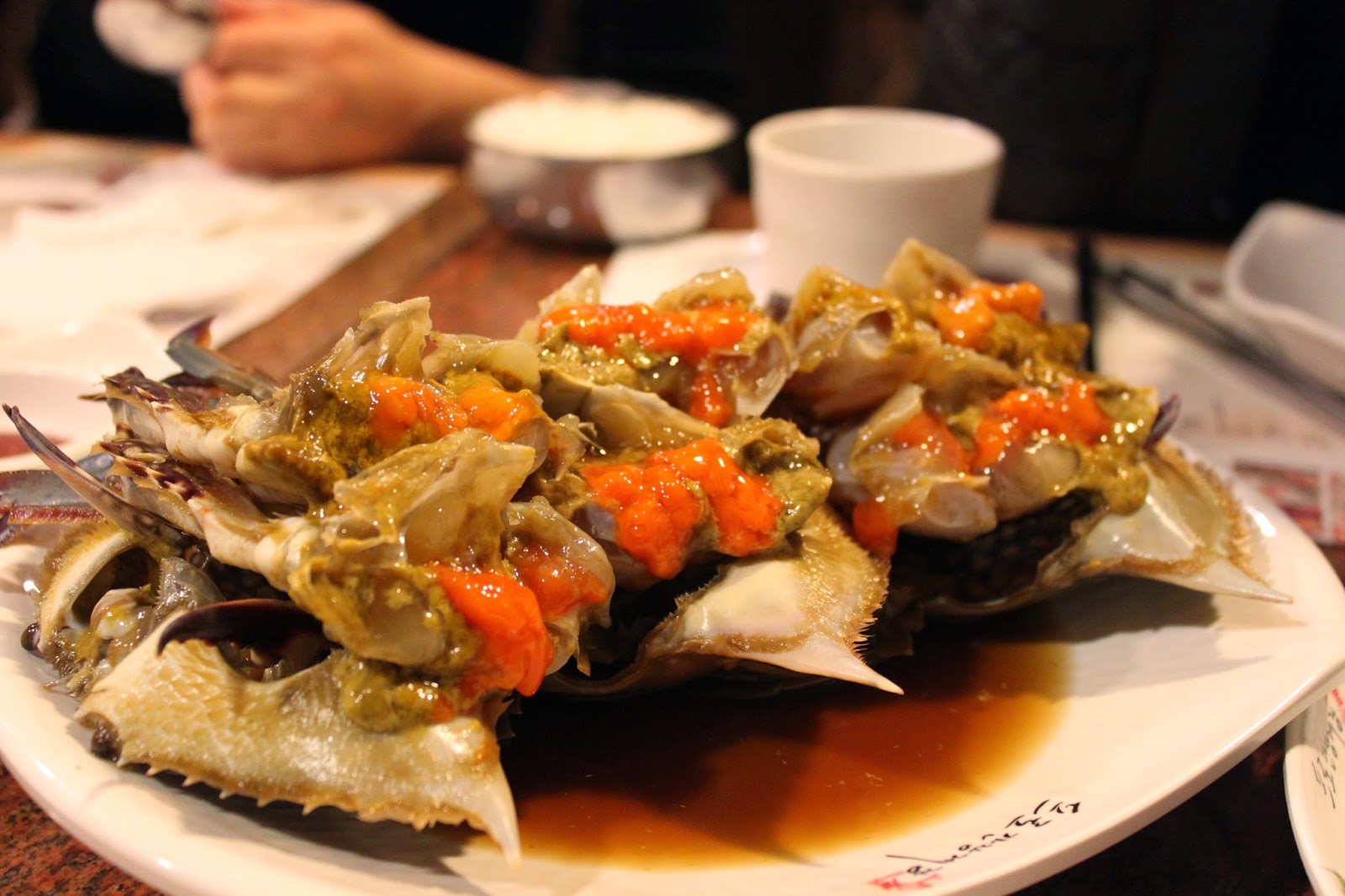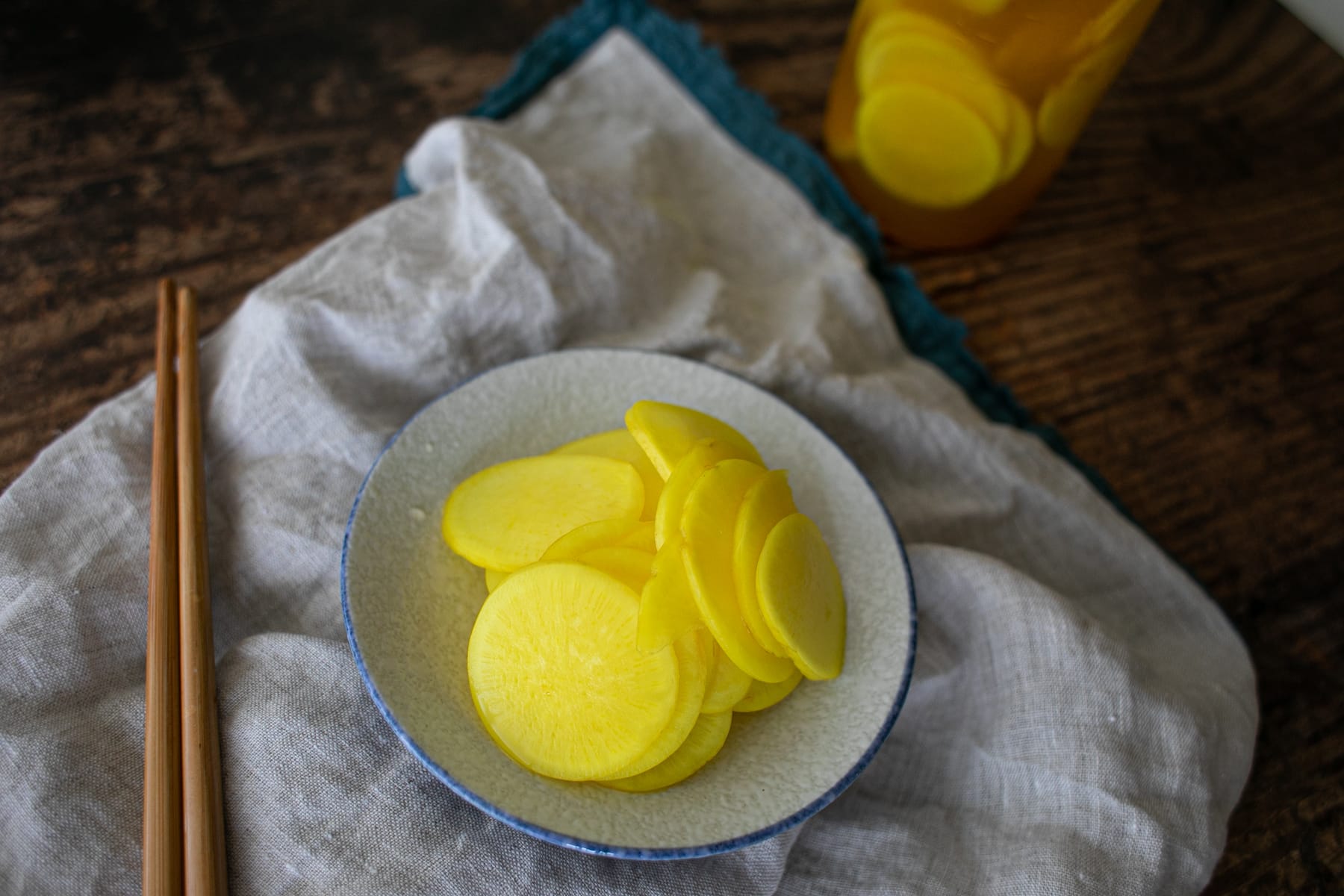Kimchi, a staple in Korean cuisine, has gained global popularity for its bold flavors and health benefits. Artisanal kimchi takes this traditional dish to new heights by using high-quality ingredients and time-honored methods. Unlike mass-produced versions, artisanal kimchi offers unique taste profiles, often influenced by regional ingredients and family recipes. Whether you're a seasoned kimchi lover or a curious foodie, exploring artisanal varieties can open up a world of culinary delight. From spicy napa cabbage to milder radish versions, each bite offers a taste of culture and craftsmanship. Ready to dive into the tangy, spicy world of artisanal kimchi?
Essential Ingredients for Artisanal Kimchi
Ingredients for Artisanal Kimchi
- 1 medium Napa cabbage
- 1/4 cup sea salt
- 4 cups water
- 1 tablespoon grated ginger
- 4 cloves garlic, minced
- 1 tablespoon sugar
- 2 tablespoons fish sauce
- 1 tablespoon soy sauce
- 1 tablespoon Korean red pepper flakes (gochugaru)
- 4 green onions, chopped
- 1 medium carrot, julienned
- 1 small daikon radish, julienned
Tools Needed for Crafting Artisanal Kimchi
Tools Needed to Explore the World of Artisanal Kimchi
- Cutting Board: For chopping vegetables.
- Sharp Knife: Essential for slicing cabbage, radishes, and other ingredients.
- Large Mixing Bowl: To mix all the ingredients thoroughly.
- Fermentation Crock or Jar: For fermenting the kimchi.
- Weights: To keep the vegetables submerged in the brine.
- Gloves: Protect hands from chili paste and other spices.
- Measuring Cups and Spoons: For accurate ingredient measurements.
- Colander: To rinse vegetables.
- Wooden Spoon: For mixing ingredients without damaging them.
- Kitchen Scale: Ensures precise measurements, especially for salt.
- Mandoline Slicer: Optional, but useful for uniform vegetable slices.
- Clean Cloth or Paper Towels: To wipe down surfaces and jars.
- Labels and Marker: To date and identify different batches.
Artisanal kimchi uses fresh, local ingredients and traditional fermentation methods, resulting in rich flavors. Experiment with different vegetables and spices to create unique, delicious batches tailored to your taste preferences.
Why Make Artisanal Kimchi?
Artisanal kimchi offers a rich, tangy flavor that mass-produced versions can't match. Using fresh, local ingredients ensures a healthier, more authentic product. The fermentation process not only enhances taste but also boosts probiotics, aiding digestion. Crafting kimchi by hand preserves cultural traditions and supports local farmers.
Step-by-Step Guide to Artisanal Kimchi
Exploring the World of Artisanal Kimchi
-
Gather Ingredients
- Napa Cabbage: Fresh, crisp leaves
- Korean Radish: Adds crunch
- Carrots: For sweetness
- Green Onions: Adds mild flavor
- Garlic: Essential for depth
- Ginger: Adds warmth
- Korean Red Pepper Flakes (Gochugaru): For heat
- Fish Sauce: Adds umami
- Salt: For brining
- Sugar: Balances flavors
-
Prepare Vegetables
- Napa Cabbage: Cut into quarters, remove core
- Korean Radish: Julienne into thin strips
- Carrots: Julienne into thin strips
- Green Onions: Cut into 1-inch pieces
-
Brine Cabbage
- Salt Cabbage: Sprinkle salt between leaves
- Soak in Water: Submerge in water for 2 hours
- Rinse Thoroughly: Remove excess salt
-
Make Kimchi Paste
- Garlic and Ginger: Mince finely
- Mix Ingredients: Combine garlic, ginger, gochugaru, fish sauce, and sugar
- Add Water: Create a thick paste
-
Combine Vegetables and Paste
- Mix Thoroughly: Ensure all vegetables are coated
- Massage Paste: Use hands to mix evenly
-
Pack into Jar
- Sterilize Jar: Ensure cleanliness
- Pack Tightly: Remove air pockets
- Leave Space: Allow room for fermentation gases
-
Fermentation Process
- Room Temperature: Leave jar at room temperature for 1-2 days
- Check Daily: Press down vegetables to release gases
- Refrigerate: Move to fridge after initial fermentation
-
Taste and Adjust
- Sample Kimchi: Taste after a week
- Adjust Seasoning: Add salt or sugar if needed
-
Store Properly
- Keep Refrigerated: Slows fermentation
- Use Clean Utensils: Prevent contamination
- Consume Within 3 Months: Best flavor
-
Enjoy Your Kimchi
- Serve as Side Dish: Complements meals
- Use in Recipes: Adds flavor to dishes
- Share with Friends: Spread the love of kimchi
Crafting Your Own Kimchi Masterpiece
Diving into the world of artisanal kimchi opens up a realm of culinary creativity and tradition. Making your own batch isn't just about following a recipe; it's an invitation to join a centuries-old practice of preserving and enhancing flavors. Whether you're a seasoned chef or a curious foodie, the journey of creating kimchi at home can be as rewarding as it is delicious. Experiment with different vegetables, adjust the level of spice, and find the perfect balance for your palate. Remember, every jar of kimchi is a reflection of personal taste and cultural heritage. So, grab those jars, select your ingredients, and start fermenting. Your kitchen is about to get a whole lot more exciting.
Common Questions About Artisanal Kimchi
What is artisanal kimchi?
Artisanal kimchi is a traditional Korean dish made from fermented vegetables, usually napa cabbage and radishes, seasoned with a variety of spices. Unlike mass-produced versions, artisanal kimchi is crafted in small batches using time-honored techniques, often passed down through generations.
How is artisanal kimchi different from regular kimchi?
The main difference lies in the quality and care. Artisanal kimchi uses fresh, high-quality ingredients and traditional methods, resulting in a richer, more complex flavor. Regular kimchi, often mass-produced, may use preservatives and shortcuts that can affect taste and texture.
Can I make artisanal kimchi at home?
Absolutely! Making artisanal kimchi at home can be a fun and rewarding process. You'll need fresh vegetables, Korean chili powder (gochugaru), fish sauce, garlic, ginger, and some patience. There are plenty of recipes and tutorials available to guide you through the steps.
How long does artisanal kimchi last?
Properly stored in the refrigerator, artisanal kimchi can last several months. In fact, many people believe it tastes better as it ages. Just make sure to keep it in an airtight container to maintain its flavor and prevent it from spoiling.
Is artisanal kimchi healthy?
Yes, artisanal kimchi is packed with probiotics, vitamins, and minerals. The fermentation process creates beneficial bacteria that can aid digestion and boost your immune system. Plus, it's low in calories and high in fiber.
What dishes can I make with artisanal kimchi?
Artisanal kimchi is incredibly versatile. You can enjoy it on its own, add it to soups and stews, use it as a topping for rice and noodles, or even incorporate it into tacos and sandwiches. The possibilities are endless!

